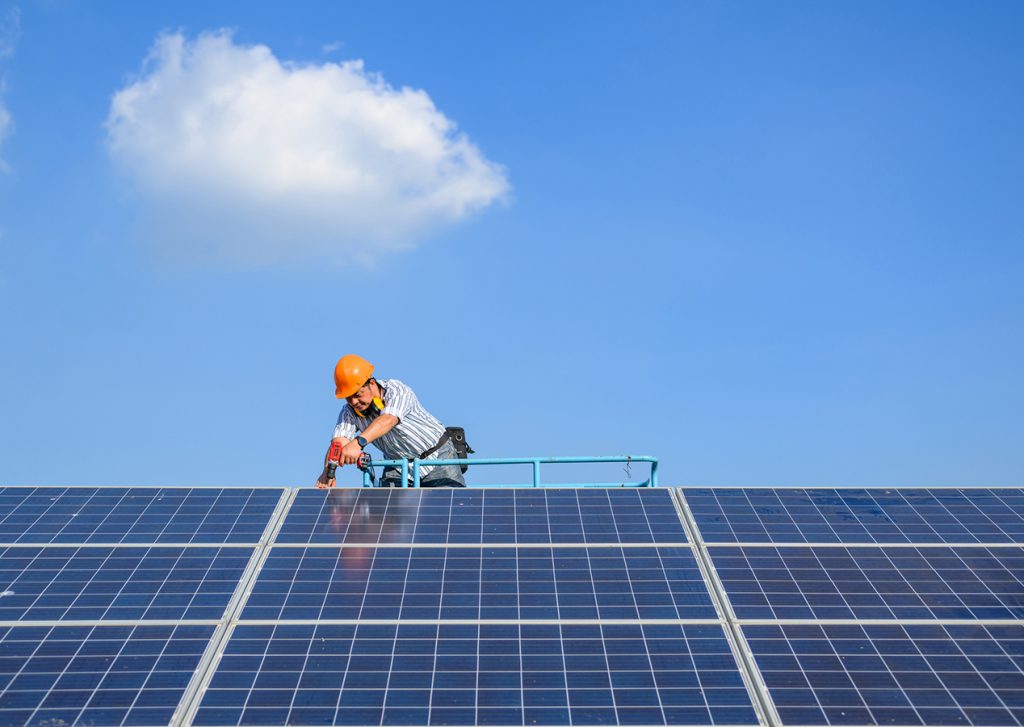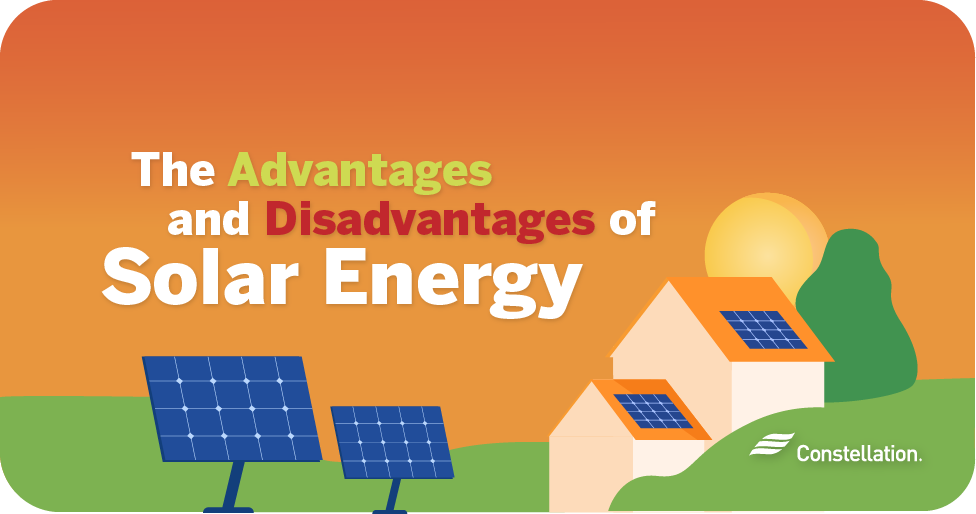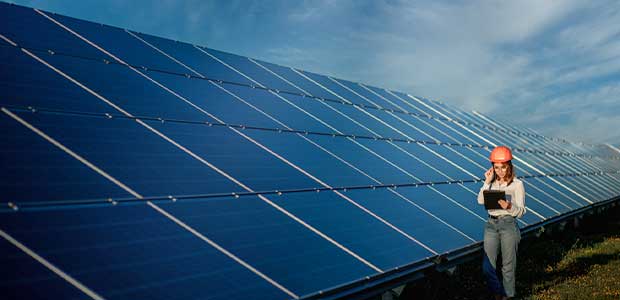Solar Power 101: A Beginner's Overview to Sustainable Power Solutions
As the globe increasingly shifts in the direction of lasting energy options, recognizing the principles of solar power becomes vital for both people and businesses. By checking out the advantages of solar modern technology, alongside the monetary motivations and installation procedures, one can gain a more clear viewpoint on just how to successfully integrate this sustainable source right into their energy strategy.
Comprehending Solar Power
At its core, recognizing solar power includes comprehending the basic principles of how sunshine can be converted right into functional electrical energy. Solar power is acquired from the sun's radiation, which can be used with different innovations. The key device for this conversion is the photovoltaic effect. This sensation occurs when sunshine strikes semiconductor products, normally silicon-based, within solar cells. The energy from the sunshine excites electrons in the semiconductor, allowing them to flow openly and produce direct current (DC) electricity.

Recognizing solar power additionally includes recognizing its ecological advantages. By making use of sunshine, we can minimize greenhouse gas exhausts and lower air contamination, adding to an extra sustainable future. The improvements in technology and efficiency of solar systems proceed to boost their practicality, making solar power a progressively appealing option for international power requirements.
Sorts Of Solar Energy Equipments
Numerous kinds of solar energy systems are frequently employed to harness solar power for electricity generation. The key groups consist of solar (PV) systems, focusing solar power (CSP) systems, and solar thermal systems.
Photovoltaic systems utilize photovoltaic panels composed of silicon cells that convert sunlight straight into power. These systems are versatile and can be installed on roofs, ground places, or integrated right into building materials.
Concentrating Solar Power systems, on the various other hand, use mirrors or lenses to concentrate sunshine onto a small location, generating warm that drives a vapor turbine to generate power - Simply Solar Illinois. CSP systems are usually released in large power plants and call for direct sunlight, making them less suitable for gloomy areas

Each kind of solar power system has its distinct features, applications, and viability depending on geographical location, power needs, and spending plan, making it vital to review alternatives based on particular conditions. - Simply Solar Illinois

Advantages of Solar Power
Harnessing solar power with different systems not just provides a lasting way to create power but likewise uses a multitude of advantages. One of the most significant benefits is the reduction in greenhouse gas exhausts, adding to a cleaner setting and combating environment modification. Solar power is my company renewable, meaning it is inexhaustible and readily available as long as the sun radiates, unlike nonrenewable fuel sources, which are finite and depleting.
Moreover, solar power can lead to considerable cost financial savings with time. Home owners and organizations can reduce their electricity expenses considerably, and in a lot of cases, they may gain credits for excess energy created via web metering. Furthermore, the solar sector develops tasks, from manufacturing to installment, boosting regional economic situations.
Another compelling advantage is power self-reliance. By producing their own power, people and communities can lower dependence on external power resources, improving resilience against changing energy rates and supply disruptions. In addition, solar energy systems need minimal upkeep, making them a convenient choice for lasting energy generation.
Installation Refine Review
The setup process for solar energy systems generally entails numerous vital actions that make certain effective integration right into a home. Initially, an extensive website assessment is performed to examine the roof covering's positioning, shading, and structural integrity, which are critical to enhancing solar panel performance. Following this analysis, the design phase commences, where a customized solar power system is set up based on the house owner's energy demands and preferences.
Once the layout is finalized, the essential authorizations and approvals are acquired from local authorities, guaranteeing compliance with guidelines. The real installment entails installing the solar panels on the roof covering or ground, connecting them to an inverter, and incorporating the system with the property's electrical setup. This phase might likewise include installing battery storage systems, relying on the layout.
With the setup total, the solar power system can start creating eco-friendly energy, contributing to sustainability and decreasing energy expenses. This structured method makes certain that solar systems are both reliable and trusted, optimizing their long-lasting advantages.
Financial Incentives and Cost Savings
Exploring the economic rewards and cost savings associated with solar energy systems can dramatically enhance the appeal of making the switch to sustainable power. One of the most noteworthy incentives is the federal solar tax obligation credit score, which permits property owners to subtract a percent of their solar system check my reference installment costs from their government tax obligations.
In addition to tax obligation credits, several states use rebates that can further decrease upfront expenses. Some utility business also provide performance-based rewards, rewarding solar power production gradually. Financing choices, such as solar car loans and leases, enable consumers to install systems with little to no deposit, making solar power a lot more click resources available.

Furthermore, solar systems can boost home worths, offering a strong return on investment. Overall, the combination of incentives and financial savings makes solar energy a financially appealing option for many homes.
Conclusion
To conclude, solar power represents a vital element of sustainable energy services, offering a pathway toward reduced carbon footprints and enhanced environmental protection. The diverse types of solar power systems, combined with significant economic rewards, facilitate wider adoption among individuals and communities. Comprehending the installment processes and benefits connected with solar power equips stakeholders to make educated choices. Ultimately, the transition to solar power not only promotes ecological duty but likewise advertises financial cost savings and power independence.